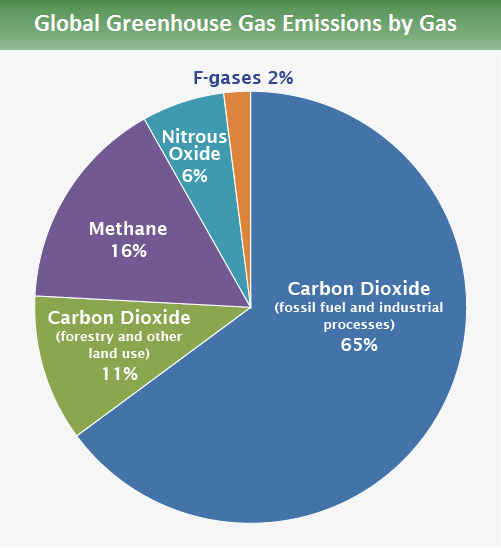Why Car-Free Cities Are the Future of Urban Living
For decades, government officials have struggled to solve the ongoing pollutant issue in cities across the country. As populations grew and urbanization took shape, the rise of CO2 levels were inevitable. However, the aftermath is much worse. Fact is, over 90% of world residents now live in areas where air pollution has surpassed the legal limit set by air enforcement agencies and the World Health Organization (WHO). This reality sheds a grim view of the future. A future that likely includes an increased risk for disease and premature death should action not be taken. Fortunately, a number of lawmakers have begun targeting combustion engines in an effort to cut carbon emissions. And no, we’re not talking about the rise of electric vehicles this time. Instead, we’re shining a light on a trending movement toward car-free cities. Let’s just say, its outcome has been surprisingly groundbreaking.
Read on to learn more about the car-free revolution, including why this growing trend has seen major backlash from residents despite its positive outcome.
What is a car-free city?
A car-free city is an urban area that relies primarily on public transportation, walking, or cycling for transport from one destination to the next. Many cities have recently opened their minds to the idea in an effort to reduce traffic jams, car accidents, and air pollution in the area.
Today, the number of car-free cities is growing. Here are some of the most notable carless cities around the world:
- Fire Island, New York, U.S.
- Ghent, Belgium
- Copenhagen, Denmark
- Zermatt, Switzerland
- Hydra Island, Greece
- Fes e Bali, Morocco
- Venice, Italy
Beyond “carless” city centers, there are several other European destinations that have begun targeting specific neighborhoods that suffer from high pollution rates. By eliminating traffic in these regions, pollution levels have decreased dramatically, which we’ll detail below.
Why are car-free cities good?
The motivation behind car-free cities is solely environmental. Though, there are other advantages that tag along. Benefits include a reduction in air and noise pollution, less traffic accidents, and wider variety of land use that was once utilized for parking lots. With fossil fuels and other human impact amounting to high percentages of global greenhouse gas emissions, it’s easy to see why a car-free city is ultimately good.

Image source: EPA.gov
Thus far, cities in Europe have had great success in making the transition. Cities like Oslo, Barcelona, Hamburg, and Ljubljana have worked vigilantly to eliminate road traffic in city centers and produce “low-traffic neighborhoods” (LTNs) as mentioned above. Even London has gotten on board and so far has seen a 94 percentage reduction in the number of people living in regions with unacceptable levels of nitrogen dioxide.
The truth is, car-free cities or designated car-free zones do help combat environmental concerns. It’s a way for urban living to improve, but that means major changes for its residents.
All these efforts in cities across Europe were not without pushback. A majority of residents opposed the idea of car-free cities (at least at first). In fact, many saw the switch as a limitation to freedom and an opportunity for more traffic to buildup on side streets. Not to mention, homeowners feared it would have a direct effect on rising housing costs. All things considered, whether residents hate the idea or not, the movement toward car-free cities is here to stay.
Watch the video below to see the differing opinions and impact of car-free streets nowadays:
Should cities be car-free?
In short – maybe. In Europe, it’s far less troublesome to turn certain neighborhoods into car-free zones thanks to the interconnected network of transportation systems, such as bus, trams, metros, and railways. Could residents in European regions live without a car? Absolutely. But in the United States and other countries that rely heavily on automotive transportation, the plight for carless cities is much more of a challenge. Statistics show that nearly 50 to 60 percent of downtown areas in American cities are dedicated to parking. That gives you a clear indication of how much our lives depend on cars. That is to say, driving is not merely an act of force. It is ingrained in our culture and a one-way ticket to freedom for all American citizens.
The thing is, car-free cities only work if there are multiple alternate sources of transportation. For now, cities that can reduce gas emissions with low-traffic neighborhoods definitely should. But the reality is, these initiatives won’t work in all areas of the world.
Final thoughts
Turning roadways into walking and bike trails means lowering carbon emissions and less air pollution. That’s a win by all means. But the progression to car-free cities is nevertheless a challenge. With resident uproar and a lack of reliable transportation in certain cities, it’s safe to say that car-free cities will find the greatest success in Europe, as the trend has already shown.
Tell us your thoughts! Would you live in a car-free city?
















